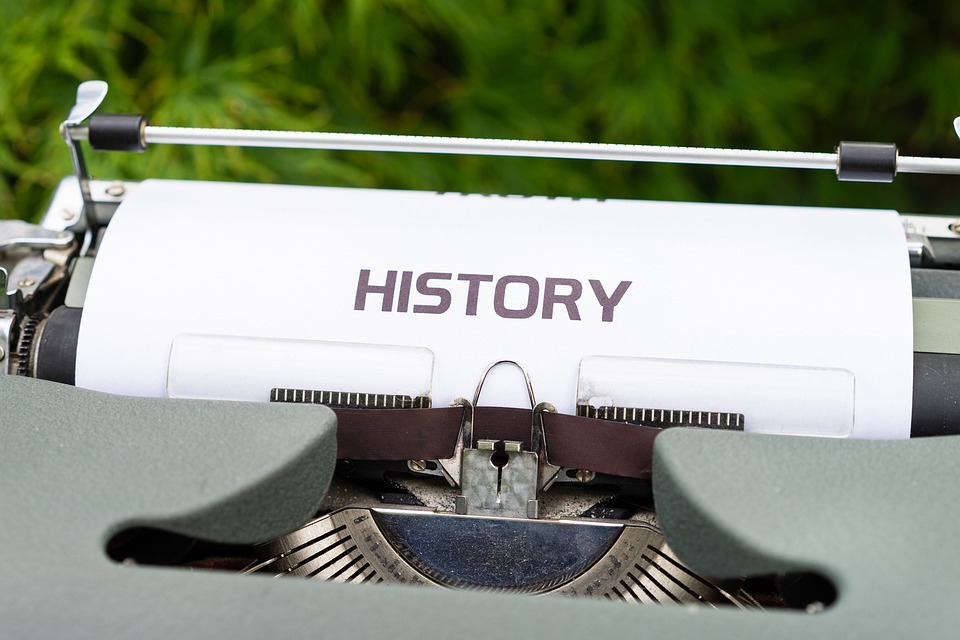Preserving the Past: How Communities Can Ensure a Lasting Legacy
The Importance of Preserving History
History is not only a record of the past, but also a pathway to the future. By understanding where we come from, we can better navigate where we are going. Preserving historical sites, artifacts, and traditions allows communities to maintain a connection to their roots and pass down stories from generation to generation. It provides a sense of identity and belonging, as well as a source of pride and inspiration for future endeavors.
Challenges of Preservation
Preserving the past comes with its own set of challenges. Historical sites and artifacts are subject to the ravages of time, weather, and human intervention. Without proper care and maintenance, these valuable pieces of our heritage can deteriorate and disappear forever. Additionally, the rapid pace of development and urbanization can threaten the existence of historical sites, as they may be seen as obstacles to progress rather than assets to be cherished.
Strategies for Preservation
Communities can take proactive steps to ensure that their history is preserved for future generations. Here are some strategies that can be employed:
1. Education and Awareness
One of the most effective ways to preserve the past is to educate the community about the importance of their history. By raising awareness about the value of historical sites and artifacts, people are more likely to take an interest in their preservation. Schools, museums, and community organizations can play a key role in educating the public about the significance of preserving the past.
2. Advocacy and Collaboration
Advocacy plays a crucial role in the preservation of historical sites. Community members can work together to raise awareness about the importance of preserving their heritage and lobby for government support. Collaborating with local authorities, historical societies, and preservation groups can help mobilize resources and expertise to protect historical sites from destruction or decay.
3. Conservation and Restoration
Conservation and restoration efforts are essential for preserving historical sites and artifacts. Proper maintenance, repair, and restoration can help prevent further deterioration and ensure that these valuable pieces of our heritage are safeguarded for future generations. Conservation professionals, such as archaeologists, historians, and architects, can provide expertise in preserving the integrity of historical sites.
4. Documentation and Research
Documenting and researching historical sites and artifacts is an important step in preservation. By recording the history, architecture, and cultural significance of these sites, communities can create a comprehensive record that can be used for future reference and study. Research can also provide valuable insights into the past, shedding light on the people and events that shaped the community.
5. Public Engagement and Participation
Engaging the public in preservation efforts can help foster a sense of ownership and pride in the community’s history. By involving local residents in the process of identifying, protecting, and promoting historical sites, communities can create a sense of shared responsibility for preserving their heritage. Public participation can also help generate support and resources for preservation projects.
Conclusion
Preserving the past is a collective responsibility that requires the active participation of the community. By raising awareness, advocating for preservation, and engaging in conservation efforts, communities can ensure that their history is safeguarded for future generations. By valuing and cherishing our heritage, we can create a lasting legacy that will inspire and enrich the lives of those who come after us. Let us work together to preserve the past and ensure a bright future for all.
